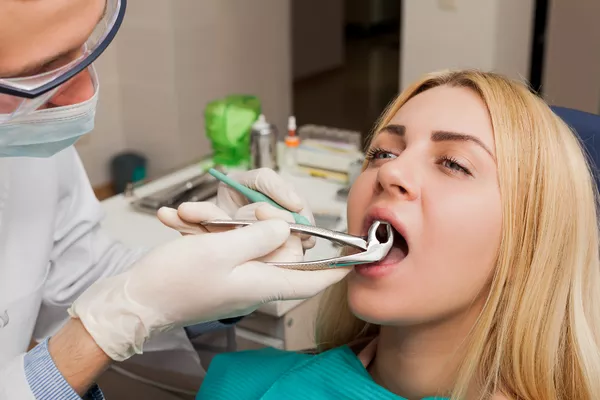Gingivitis, a common and mild form of gum disease, affects millions of people worldwide. Its hallmark symptoms include red, swollen, and bleeding gums, often accompanied by bad breath. While gingivitis can be a concerning condition, many individuals attempt to treat it at home using various methods, such as improved oral hygiene and over-the-counter products. However, a pertinent question arises: Will treating gingivitis at home cause bacterial infection? In this comprehensive article, we will explore the implications of home-based gingivitis treatment, the risks involved, and the importance of seeking professional dental care for optimal oral health.
Understanding Gingivitis
Before delving into the topic, let’s gain a basic understanding of gingivitis. Gingivitis is the earliest stage of gum disease and is primarily caused by the accumulation of dental plaque—a sticky, bacteria-laden film—on the teeth and gums. Common signs and symptoms of gingivitis include:
Red and Swollen Gums: Gingivitis often causes the gums to become red, inflamed, and tender to the touch.
Bleeding Gums: One of the most noticeable signs is bleeding from the gums, especially during brushing or flossing.
Bad Breath: Persistent bad breath (halitosis) is a frequent complaint among individuals with gingivitis.
Receding Gums: Gingivitis can cause the gums to pull away from the teeth, leading to pockets where bacteria can thrive.
Pain or Discomfort: Some individuals may experience mild pain or discomfort in the gum area.
Treating Gingivitis at Home
Home-based treatment of gingivitis typically involves the following steps:
Improved Oral Hygiene: Regular and thorough brushing with fluoride toothpaste and flossing can help remove plaque and prevent its buildup. Brushing should be done twice a day, and flossing at least once a day is recommended.
Antiseptic Mouthwash: Some over-the-counter antiseptic mouthwashes can help reduce bacterial activity in the mouth. Rinsing with mouthwash as directed can be a part of home treatment.
Dental Tools: Dental tools like soft picks or interdental brushes may be used to clean between teeth and along the gumline.
Dietary Changes: Reducing sugary and starchy foods can help decrease plaque buildup.
Regular Dental Check-ups: Even when treating gingivitis at home, it’s crucial to maintain regular dental check-ups. Your dentist can assess the progress of your home treatment and provide guidance.
Potential Risks of Home Treatment
While home-based gingivitis treatment is beneficial for many individuals, it is not without potential risks and limitations:
Incomplete Removal of Plaque: Home care may not always effectively remove all plaque, especially in hard-to-reach areas. Persistent plaque can contribute to the progression of gum disease.
Masking Symptoms: Over-the-counter mouthwashes and other products may temporarily alleviate symptoms like bad breath but may not address the underlying cause of gingivitis.
Delay in Professional Treatment: Relying solely on home treatment without seeking professional dental care can lead to the delay of essential interventions. Gingivitis can progress to more severe gum diseases if left untreated.
Possible Allergic Reactions: Some individuals may experience allergic reactions or sensitivity to certain over-the-counter oral care products.
Seeking Professional Dental Care
It is crucial to emphasize the importance of seeking professional dental care for gingivitis, especially if symptoms persist or worsen despite home-based efforts. Professional dental care offers several advantages:
Comprehensive Evaluation: A dentist can perform a thorough examination to assess the extent of gum disease and its potential impact on overall oral health.
Professional Cleaning: Dental professionals can provide deep cleaning treatments, such as scaling and root planing, to remove stubborn plaque and tartar from below the gumline.
Customized Treatment: Dentists can tailor treatment plans to address individual needs and ensure effective management of gingivitis.
Monitoring and Prevention: Regular dental visits allow for ongoing monitoring of gum health and early intervention if gum disease recurs.
Conclusion
Treating gingivitis at home can be a useful component of oral care, but it should not replace professional dental treatment. Home-based efforts can help maintain oral health, but they may not fully address the underlying causes of gum disease. To ensure optimal oral health, it is essential to seek professional dental care for a comprehensive evaluation, personalized treatment, and ongoing prevention strategies. Early intervention by a dental professional can prevent the progression of gingivitis to more severe forms of gum disease and help maintain a healthy, vibrant smile.
Related Topics:






























